The Tallahassee campus of Keiser University and the Mad Hatter (Dr. Robert Watkins), the March Hare (Dr. Josephine Yu), and the Dormouse (Mr. Nathanael Gay) have played host to afternoon tea parties for twenty members of the FSU Osher Life-long Learning Institute. Tea time topics of discourse are tangentially related to Lewis Carroll’s Alice’s Adventures in Wonderland. Carroll was Professor of Mathematics at Christ’s Church College in Oxford, and his many stories play on language, logic, and mathematics prefiguring the 20th century philosophical developments that led to post-modernism.
The first week discussion focused on Carroll’s life and works. Participants were divided into two groups and prepared by reading excerpts from Martin Gardner’s introduction to The Annotated Alice, Hofstadter’s Gödel, Escher, Bach; an Eternal, Golden, Braid, Carroll’s Alice’s Adventures in Wonderland, Through the Looking Glass, What the Tortoise said to Achilles and various puzzles also by Carroll.
The second week the class looked at the history and nature of mathematics (from the Big Bang to early civilizations). Participants were divided into four groups and prepared by reading selections from Asher’s Ethnomathematics, Bryson’s The Mother Tongue, Butterworth’s What Counts?, Dantzig’s Number, Hofstadter’s Gödel, Escher, Bach, Ifrah’s Universal History of Number, Millay’s poem Euclid Alone, Sacks’ Musicophilia, and Zavlavsky’s Multicultural Math.
The third week examined language and word play (and the long and venerable history of dinner party word games). Participants were divided into three groups and prepared by reading selections from Bryson’s The Mother Tongue, Hofstadter’s Gödel, Escher, Bach, and Metamagical Themas, and from Holmes’ Nonsense: the Importance of Not Knowing.
The fourth week discussion focused on 19th and early 20th century developments in Mathematics, Physics, and Philosophy. Participants were divided into four groups and prepared by reading excerpts from Hofstadter’s Gödel, Escher, Bach; an Eternal, Golden, Braid; M.C.Escher’s Heart and Soul, and White-Grey-Black; Bryson’s The Mother Tongue, Gamov’s Mr. Tompkins in Wonderland; Goswami’s The Self-Aware Universe; Hawking’s A Brief History of Time; Holmes’ Nonsense: the Importance of Not Knowing; Stillwell’s Roads to Infinity; Voltaire’s Story of a Good Brahmin; and Watkins’ From One Self-exiled in Academia. (On Saturday, March 19th there was a screening of Disney’s [animated, 1951] Alice in Wonderland.)
The fifth week the class looked at self-reference and identity. Participants were divided into four groups and prepared by reading selections from Anathaswamy’s The Man Who Wasn’t There; Dean’s Two and the Same; Einstein’s Letter (Feb. 12th, 1950) on self; James’s Principles of Psychology; MacLeish’s Eleven; Paulos’ I Think Therefore I Laugh; Pritcher’s Wittgenstein, Nonsense, and Carroll, Sacks’ Musicophilia, and Watts’ The Book. (On Saturday, March 26th there was a screening of Disney’s [director Tim Burton, 2010] Alice in Wonderland, with a cartoon intro, Disney’s [animated, 1959] Donald Duck in Mathmagic Land.) *On both Wed. and Sat., volunteers were treated to an induced Body Identity Integrity Disorder (BIID), apparatus shown below.
The sixth and final week the class examined adaptation theory and focused on the hundreds of literary, stage, and motion picture adaptations of Lewis Carroll’s Alice. Participants prepared by self-selecting readings from Beddor’s The Looking Glass Wars; Howards’ Splintered, and Benjamin’s Alice I Have Been.
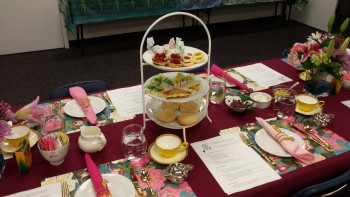
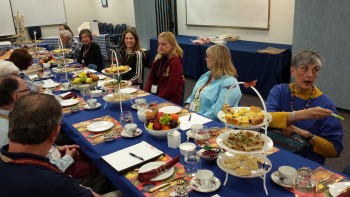
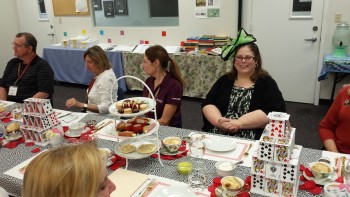
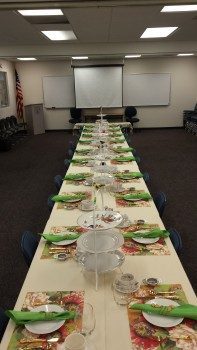
M
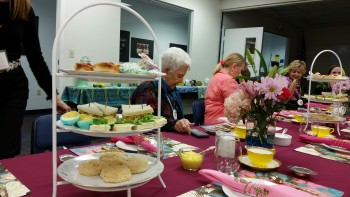
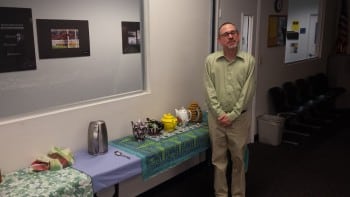
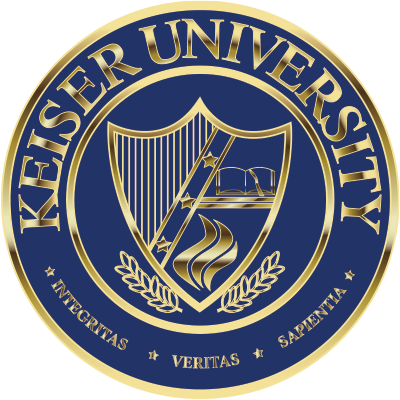
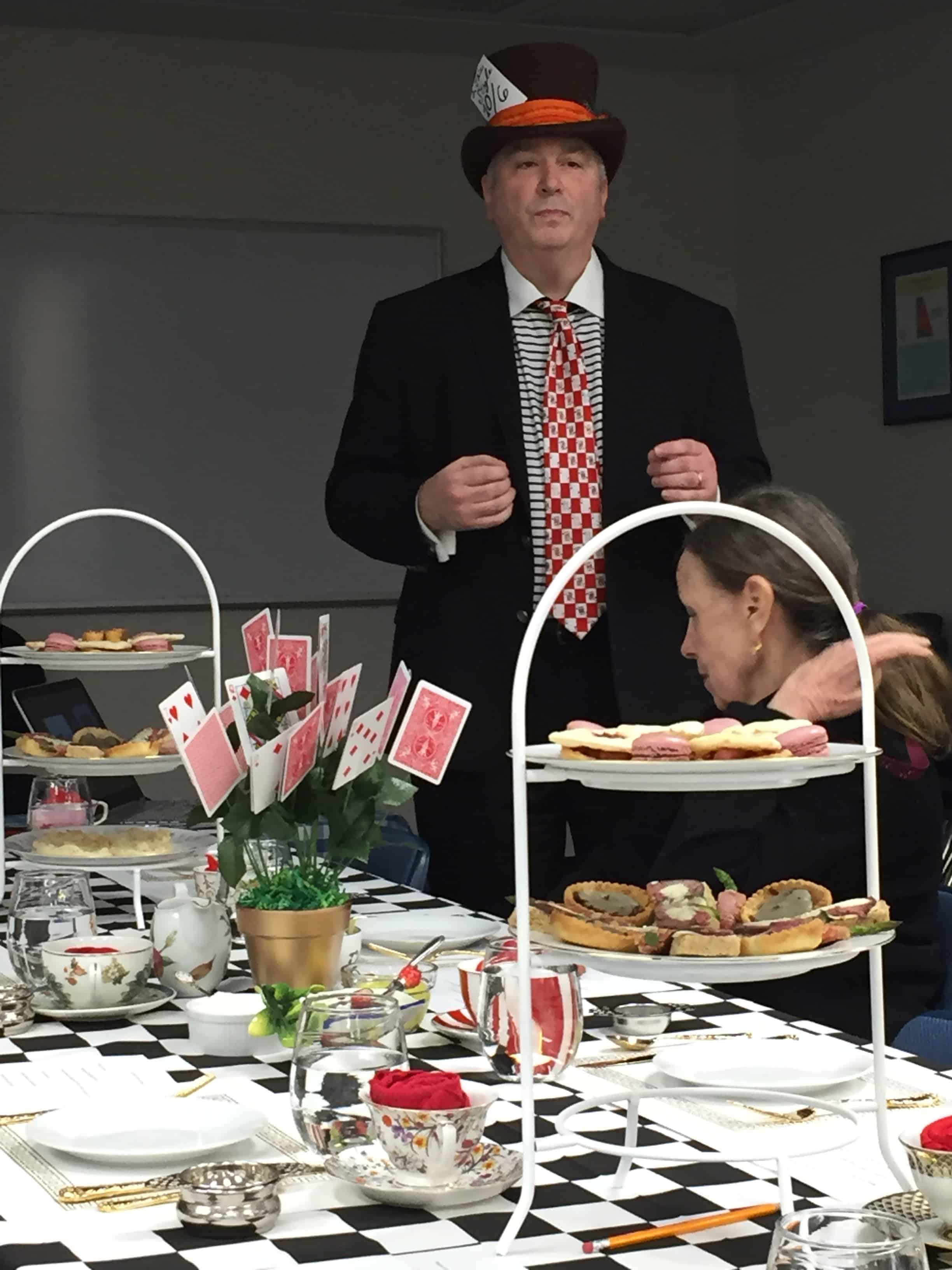

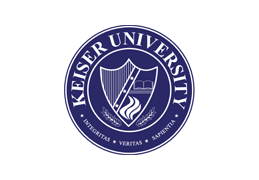
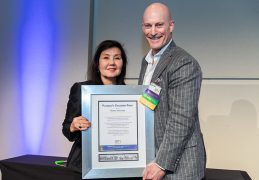
 My instructors believed in me. They were more than instructors, they tried to get to know you as a person and tried to understand your goals so they could push you towards them. Student services helped me find a job before I even graduated. Everyone was dedicated to my overall success.
My instructors believed in me. They were more than instructors, they tried to get to know you as a person and tried to understand your goals so they could push you towards them. Student services helped me find a job before I even graduated. Everyone was dedicated to my overall success.
